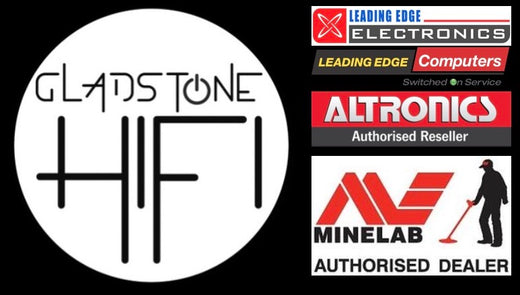BT137/500 TRIAC 500V/8A TO-220 package
TRIAC is derived from 'Triode for Alternating Current', is an abbreviated name for an electronic component that can conduct current in both directions when it is triggered (turned on), and is formally known as a bidirectional triode thyristor or bilateral triode thyristor.
TRIACs are a member of the thyristor group and are very similar to silicon-controlled rectifiers (SCR). Though, unlike SCRs, which are unidirectional devices (that is. can conduct current only in one direction), TRIACs are bidirectional and so current can flow in either direction. TRIAC current flow can be triggered by either a positive or negative current applied to its gate electrode.
Once triggered, the device continues to conduct until the current drops below a certain threshold called the holding current.
The bidirectionality makes TRIACs very convenient switches for (AC) alternating current circuits, also allowing them to control very large power flows with milliampere-scale gate currents. In addition, applying a trigger pulse at a controlled phase angle in an A.C. cycle allows control of the percentage of current that flows through the TRIAC to the load (phase control), which is commonly used, for example, in controlling the speed of low-power induction motors, in dimming lamps, and in controlling A.C. heating resistors.


